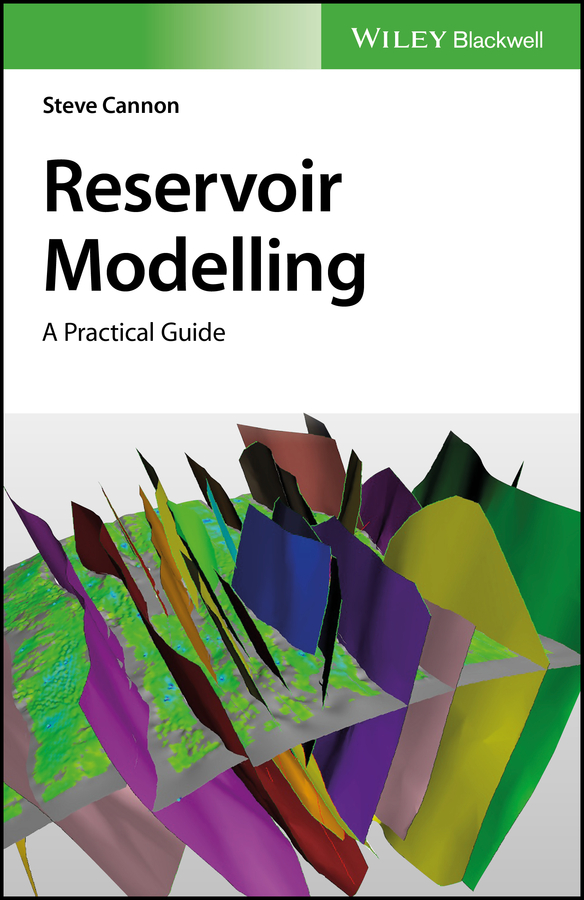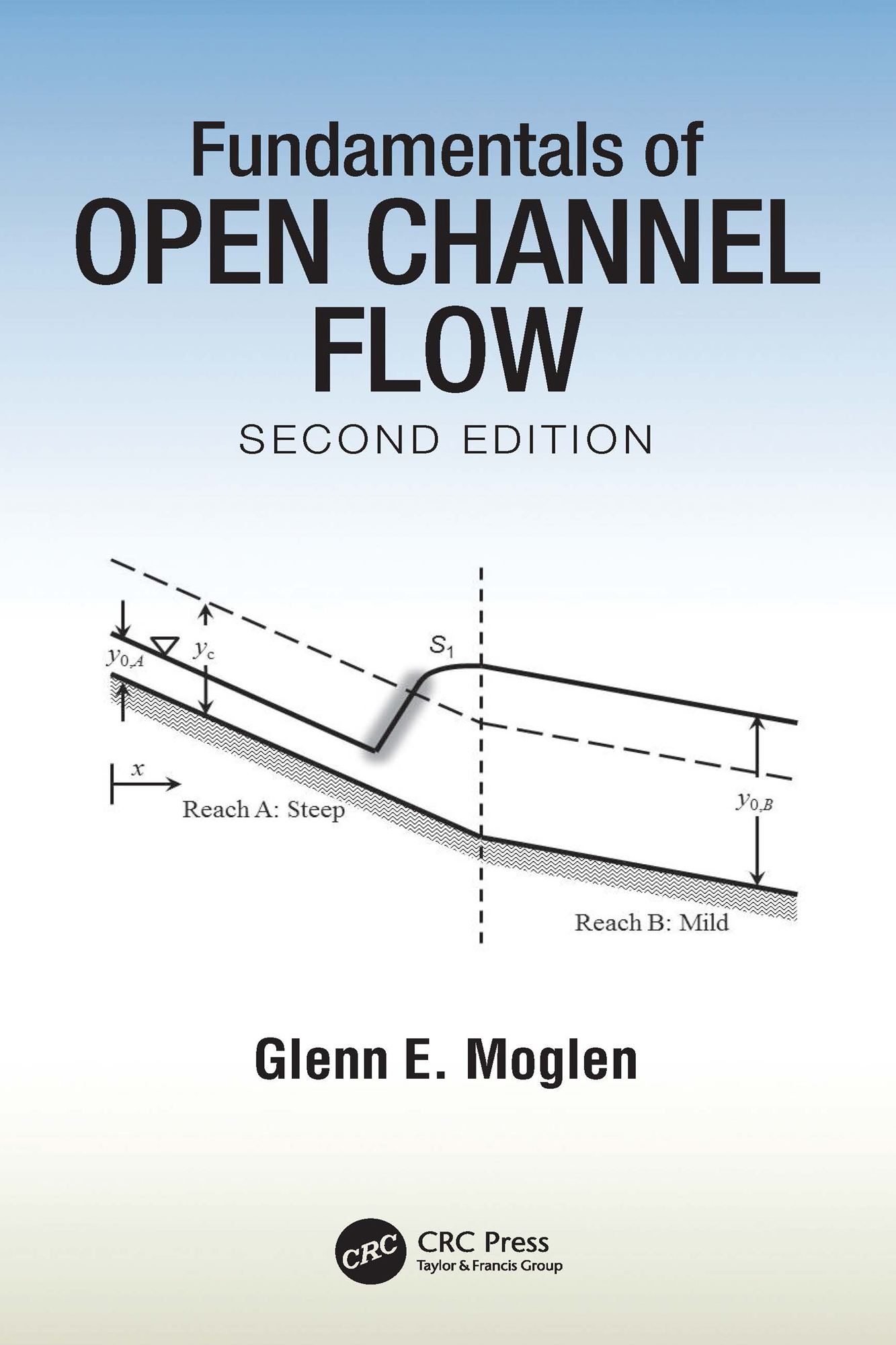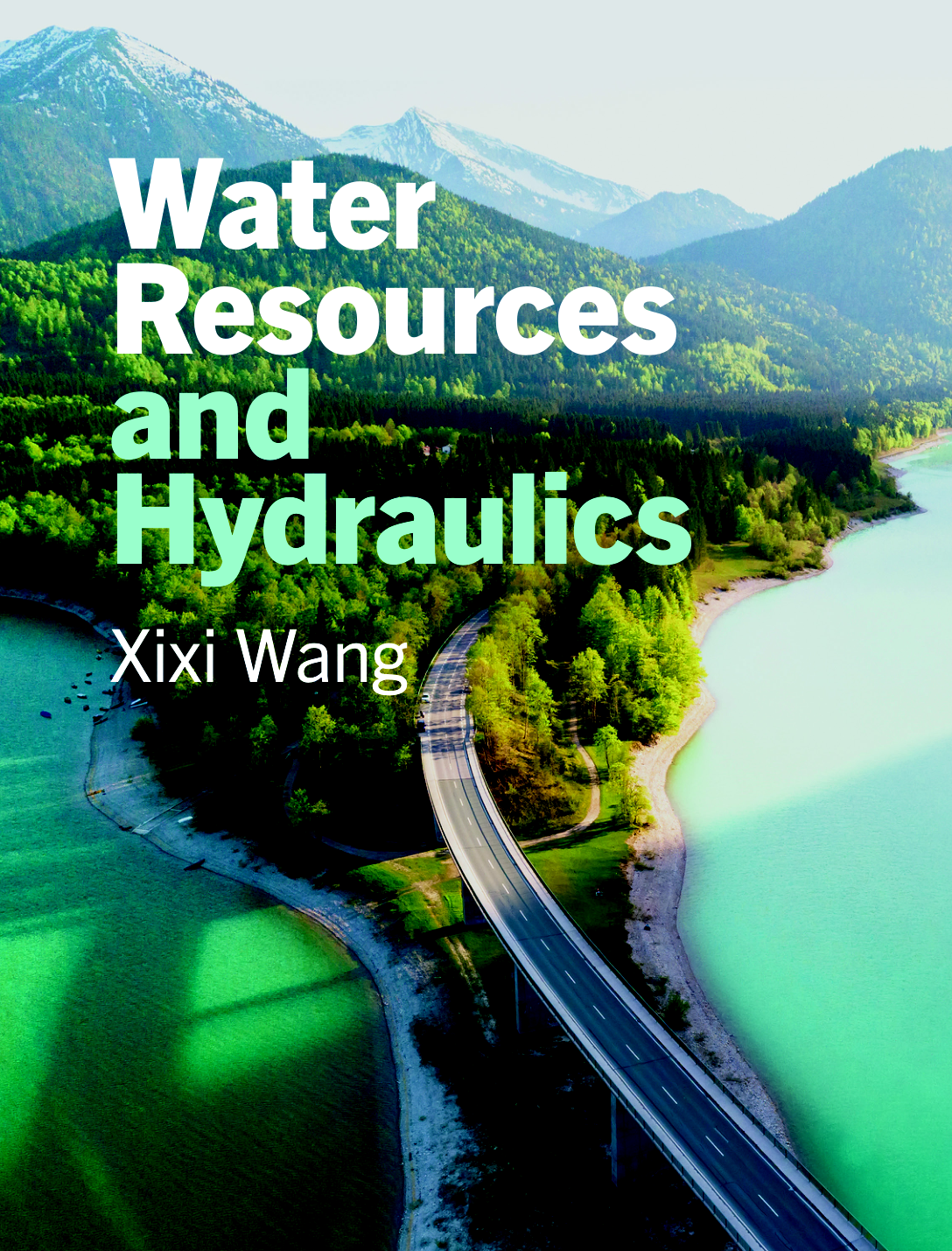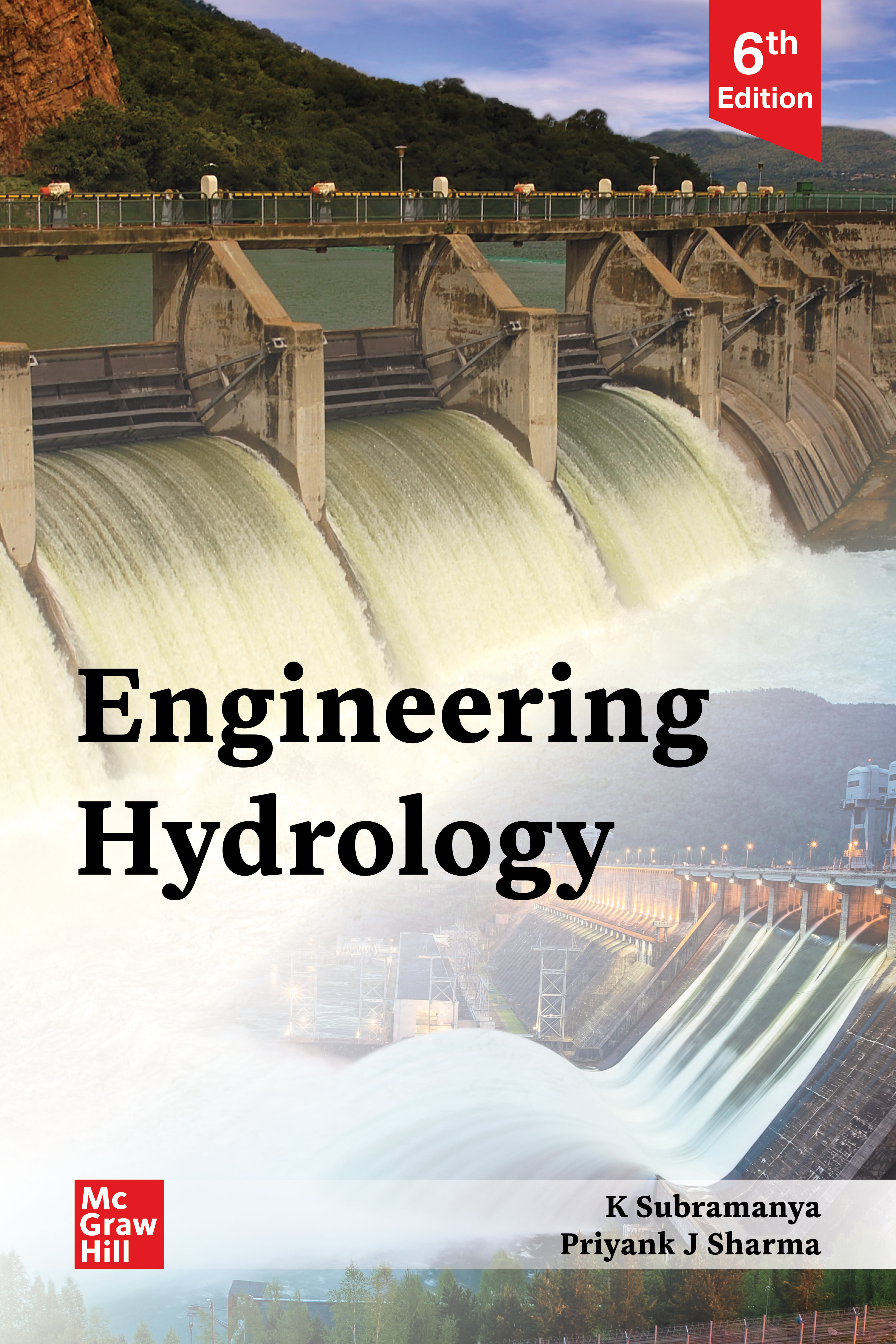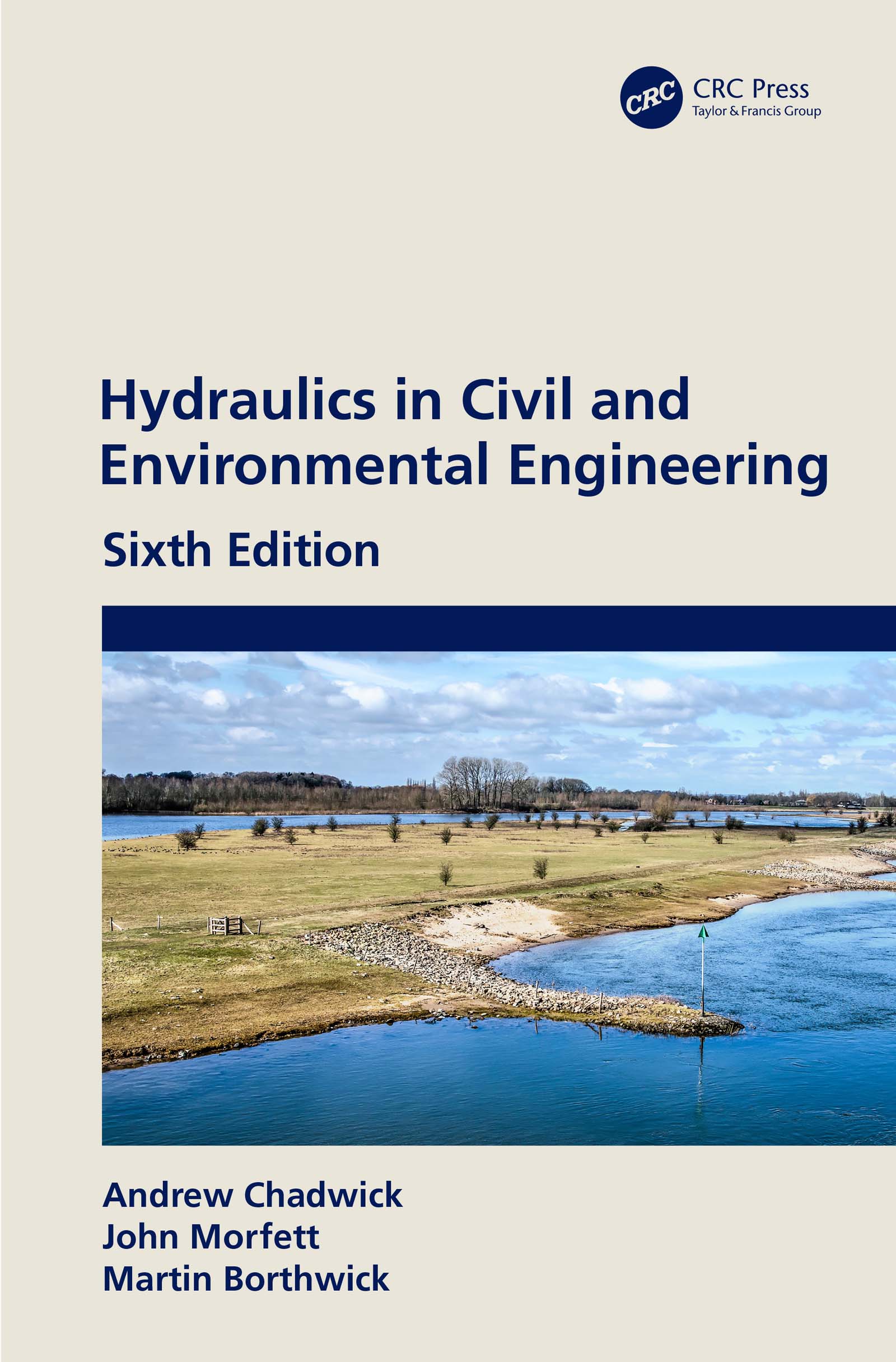CLCTV1
LanguageENG
PublishYear2018
publishCompany
Wiley
EISBN
9781119313434
PISBN
9781119313465
- Product Details
- Contents
Over the last 20 years, since the building of three-dimensional models of oil and gas reservoirs became almost de rigeur, many books have been published on the geostatistics of model building and the design of reservoir models, but little has been written about the evaluation of those same reservoirs that require modelling. Geoscientists working in the hydrocarbon industry have focussed largely on the specialist tools that have been developed for interpreting modern data, while post graduate courses in Petroleum Geoscience and Engineering try to teach their students the necessary skills to transfer to the job market. This book combines the practical experience of nearly 40 years of reservoir evaluation including twenty years of geological modelling to provide an integrated approach to both the input data and the modelling results. The book draws on a public course developed for the Schlumberger NExT organisation in 2013 by the author, but is not an advert for one particular modelling philosophy or software solution. The successful characterization of an oil or gas field comprises data evaluation and often the construction of a static model prior to conducting dynamic simulation of how that reservoir might perform under different development scenarios and production regimes. The evaluation of a variety of different static and dynamic parameters is required before a meaningful model may be constructed: geophysical, geological and petrophysical interpretations are the elements required to build the static model, while fluid properties under different pressure and temperature condition are needed to define the dynamic response of the reservoir. The ultimate objective of a reservoir model is to establish the volumes of hydrocarbons that may be trapped within a geological structure and then what proportion might be recovered under different production scenarios. Key to this evaluation is an understanding of the uncertainty associated with the acquisition and interpretation of all of the data upon which a financial investment may be undertaken. The reservoir framework is a function of seismic interpretation and the conversion from time to depth of key horizons and faults; the internal architecture of the reservoir depends on the depositional environment of the reservoir and the connectivity at a variety of scales from the pore-scale to the reservoir unit; and the reservoir properties, such as porosity and permeability, need to be evaluated from core, wireline log and seismic responses to both the rocks and the fluids present in the reservoir. An understanding of the available data, the limitations inherent in the data and how far the data may be pushed during evaluation is of primary importance to understanding the finished model. The use of geostatistics to distribute reservoir properties and dynamic simulation to test different development options are both ways to evaluate the subsurface uncertainties that abound in reservoir modelling. The key to successful reservoir characterization is the integration of all of the disparate data types by a team of professionals all motivated by the same objective and with a clear understanding of why the study or project is required. Contents ContentsChapter 1 - Introduction to reservoir modellingWhat is a reservoir model?Why do we build reservoir models?Why is reservoir modelling so challenging?What data do you need for reservoir modelling?What is the objective of the modelling project?Reservoir modelling workflowsProject managementChapter 2 - Conceptual model designWhen planning a reservoir-modelling project, the ultimate purpose of the model must be defined. The process of building a 3D reservoir model will always follow the same general workflow, regardless of the tools available to the modelling team. Each of the steps will be outlined in the course with an appreciation of the required input data, associated uncertainti
Collected by
- Princeton University
- Yale University
- Columbia University Library
- Stanford University
- MIT
- UCB





